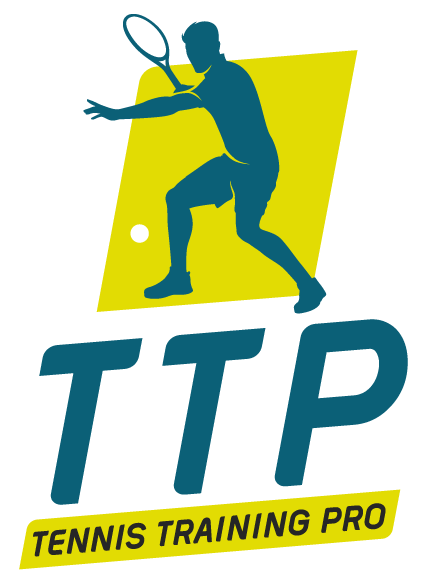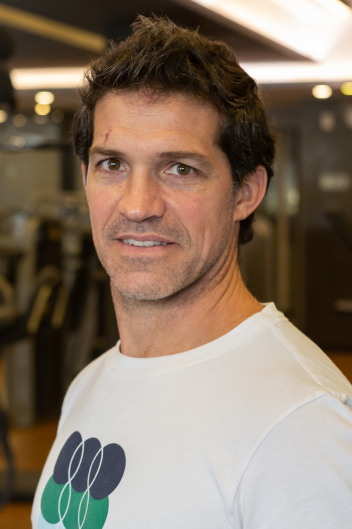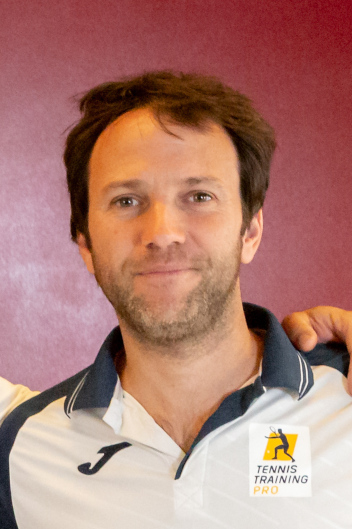How to organize a match day in professional tennis
20 de October, 2020
Written by: Esteban García Giménez
When the day of the match arrives, nothing should be left to chance. Every little detail should be taken into account so that the player can do his/her best
It is important to keep a work schedule with routines already known by everyone in the team. This way, there will be no surprises. A distinguishing feature of tennis is that it is unusual to know exactly what time a match will start. As a result, a tennis player must be ready to jump into the court at any moment. The day of the match, a tennis player spends many hours at the club–he/she is there not only for the two or three sets you can watch. The routine prior to the match starts very early and finishes several hours after the match has come to an end. Assuming the match is scheduled for the second
2 p.m. turn –which means after the 2 p.m. match– how should a tennis player organize the match day.
8:00 am: BREAKFAST
The time at which a player has breakfast on the match day is crucial. Nutritionists generally recommend having breakfast an hour before physical activity to make sure athletes properly digest the meal. On average, having breakfast takes up 30 minutes, so our player would have finished it by 8:30.
9:30 am: ASSISTED JOINT MOBILITY AND MANUAL PHYSIOTHERAPY
The tennis player will spend the first minutes of the match day on a massage table. The physiotherapist will perform assisted-passive manual mobilization on the different body segments, focusing on the joints with reduced mobility or on sore muscles that have been overused the day before. The session can include myofascial release techniques, PNF, osteopathic manipulation and any other techniques that the physiotherapist is able to perform and that fits the player’s needs.
10:00 am: PHYSICAL WARM-UP
Then, the tennis player goes to the gym, where the warm-up routine starts. After an 8/10-minute stationary bike, they start with some active joint mobility exercises. The player performs a set of exercises to get ready for the activity that follows. The goal is to improve joint mobility, to increase tissue distensibility and to raise body temperature.
After that, the player does core exercises to increase muscle tone and activate the deep muscles in the spine in order to prevent injuries. Coaches pick the right exercises and set the right number of reps so that the player can reach their objective without wearing out their muscles. The same goes for the stabilizer muscles of the hips and shoulders. In the case of the hips, it is very important that the gluteus medius, the lateral rotator group, the psoas and the adductors get activated –as well as the supraspinatus, the infraspinatus, the teres minor, the subscapularis, the lower trapezius and the rhomboid in the shoulder. All these muscles and their joints play an important role in physical activity and tennis injury prevention.
Then, the tennis player moves on to dynamic exercises and lower body strength workout using 50/60 % of maximum resistance, including some jumps or explosive gestures to engage the fast-twitch muscle fibers. If there is enough space, they can perform some max sprints.
Ficovich, Juan Pablo (196 ATP ranking), warming-up his forearm before the 3rd round at Lima Challenger 2019
At the end, the tennis player performs mobility exercises doing medicine ball throws on court, and specific gestures as close to the actual movements as possible, at different intensities, re-creating different game situations –attack, defense, returns, forehands, backhands, and so on. The goal is that the tennis player increases the heart rate and breathing while he/she consolidates support and weight transfer concepts.
11 am: TECHNICAL WARM-UP
The tennis player works with his/her coach for around 30 to 40 minutes, depending on the player.
Cuevas, Martín, doing warm-up exercises with resistance band prior to tennis warm-up.
12:30 am: LUNCH
Once lunch is over, the player has to keep an eye on the match currently played because if one of the players gives up , he/she will have to rush into court.
PRE-MATCH ACTIVATION
It generally starts when the prior match is coming to an end. When there are 3 games left, the player starts performing pre-match drills: hip and shoulder muscle activation using resistance bands, jumps, sprints, medicine ball throws and any explosive exercises that enhance the performance of the athlete’s body and brain. Five minutes before the match starts, our coach usually reviews the tactics, and then, the tennis player takes a few minutes to prepare his/her mind to get on the court.
POST-MATCH RECOVERY
No matter whether he/she has won or lost the match, a player should concentrate on post-effort recovery. Right after leaving the court, they should involve in a 10-minute regenerative bike ride. They should take recovery snacks and other supplements prescribed by a nutritionist or sports doctor. They should also take an ice bath at 8-12 degrees Celcius for 10 minutes to increase blood flow, lower skin temperature, and because of its anti-inflammatory and analgesic properties. There are several protocols for ice baths and studies that support their effectiveness. These are the guidelines we follow because they have given us good results and can be easily included in every match day routine.

Bath tub with ice in Wimbledon. The number indicates the water temperature.
Then the player has massotherapy to reduce high muscle tone, relax the muscles and increase blood supply. If there is pain or discomfort, the player receives a specific physiotherapy treatment on the affected areas.
Match days are long and stressful as they are physically and psychologically challenging. It is necessary to emphasize that matches are usually interrupted by rain, so a player may end up warming up more than once.

 ES
ES EN
EN PT
PT



